A company is not just a service or goods provider. For if it were that way, companies would be almost obscure.
Having a strong brand that connects you with your customers. It makes them remember your name, your company, what you offer, and the quality of what you offer. That’s why whenever we see the iconic white and blue colours of successful brands like Facebook, we think of the company even when the company’s name is not there, for instance, on the banners and headers.
But is brand and brand image only for multinationals and big companies like that? What about startups?
One mistake startup owners make is that they think they will create or develop their brand image later on as their company progresses. Doing so is a big mistake. You see, as soon as you start your business, you want your customers to remember you. Just offering good products and services is not enough if they don’t have anything to remember you.
What is a brand?
To put it simply, a brand can be a logo, a punchline, colors, and fonts, or a combination of them all. It can also be an idea, a promise, or something else.
What is a brand identity?
Companies have to build up their brand identity over time, with which customers remember them or know them.
What is a brand image?
It is similar to brand identity. It can be positive or negative, and it is your reputation.
By now, you may be thinking about how you can do branding for your small business. Is it possible?
Yes, it is, and we are going to show you how in this article. Here are Branding tips for small businesses.
Five inexpensive branding strategies for small businesses
Building your brand
Your brand image is everything. Firstly, it tells the public who you are, what the company is all about, and what its goals and values are. Secondly, based on this information, people may or may not mentally associate with you. Due to this, it is crucial to create a strong brand identity. But how do you do that? Here’s how to do it.
- Do a brand audit.
- Determine your organization’s values and mission statement.
- Determine what your brand’s voice, look and feel would be.
- Take steps to create a brand identity.
- Analyze and finally refine your brand image.
If you follow these simple steps, you can create a memorable and strong brand image.
Create a memorable visual brand
It is now time actually to design your brand. In other words, you have to create a visual brand.
The easiest way to do this is by designing your website since this is the first place your customers will come to know more about you. You need to create the look, the feel, and the design of the website consistent with your brand identity. Secondly, create a logo that engages visitors. Remember, your logo is often the first point of contact with your audience. Third, create business cards. Lastly, create a brand style guide that will help you in making the visual brand.
Know your target market
Knowing and developing your brand image is one half of the battle. You also need to know about your target market. Know about your customers more than they know themselves! Research is essential for this. A strong brand image aids in building and maintaining a solid customer base. To understand and define your target customers, you need to:
- Check out your competition.
- See what you are offering and how it solves customer’s problems.
- Consider the demographics of your ideal customer.
- Consider psychographics, including the personality, values and attitudes of your ideal customer.
- Create a customer profile and be consistent with that.
When you know who you are targeting, you can fine-tune your marketing efforts.
Create and develop a vibrant online community
If yours is a small business, having a vibrant online community centred on your brand is essential. Having such a community enables your customers to interact, reach out to you, and, most importantly, know and share news about your company. It creates a sense of brand loyalty, given enough time and effort. Building a community paves a road for your customers to become a part of your company’s brand and, in time to spread the news about your brand. In short, through this, you get brand loyalty and increased customer success.
To create such a community, follow these steps:
- Take time and make an effort to create a community around your company or business.
- Create a team and tell them of your vision for creating such a community.
- Support some social causes as it is seen as customer impact and CSR.
- Create social media strategies to offer value to your target audience.
- Give your target audience more information about your company or brand through blogs or emails.
Write a blog every day
Publishing a blog every day drives more traffic to your website and attracts relevant customers. Blogging is inexpensive and can generate the majority of your leads. Publish blogs on your website, but also share them on social media. Blogging creates and enhances your online brand visibility, establishes you as an industry expert, and improves your search engine ranking.
To sum up
In this article, you have seen a list of just the inexpensive things you can do to develop your company’s brand. Yes, you can do many other things, but those require both time and money. You may want to start with these 5 Effective Branding Tips for Small Business.
Contact us for effective and powerful branding of your business that brings results.


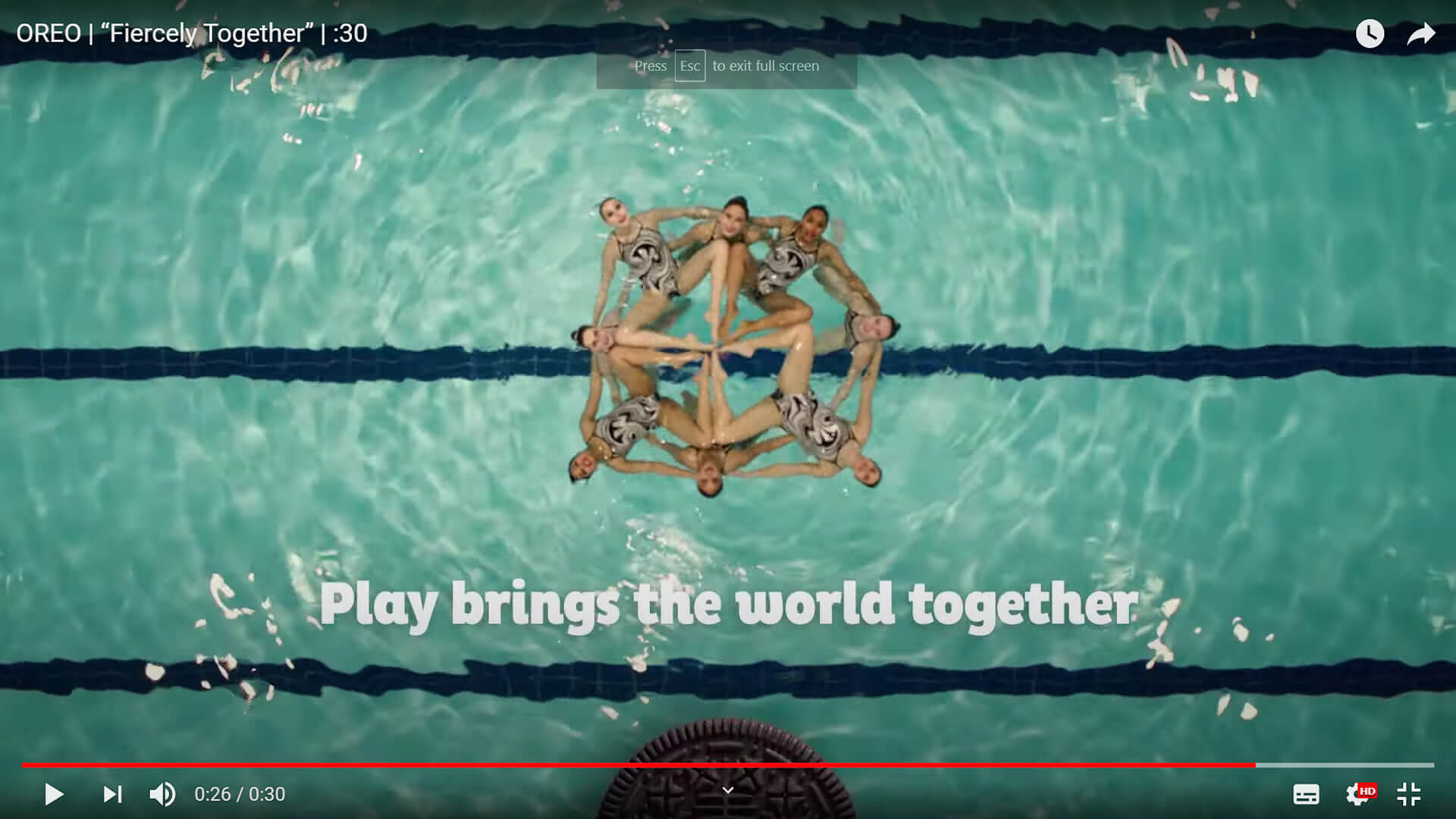
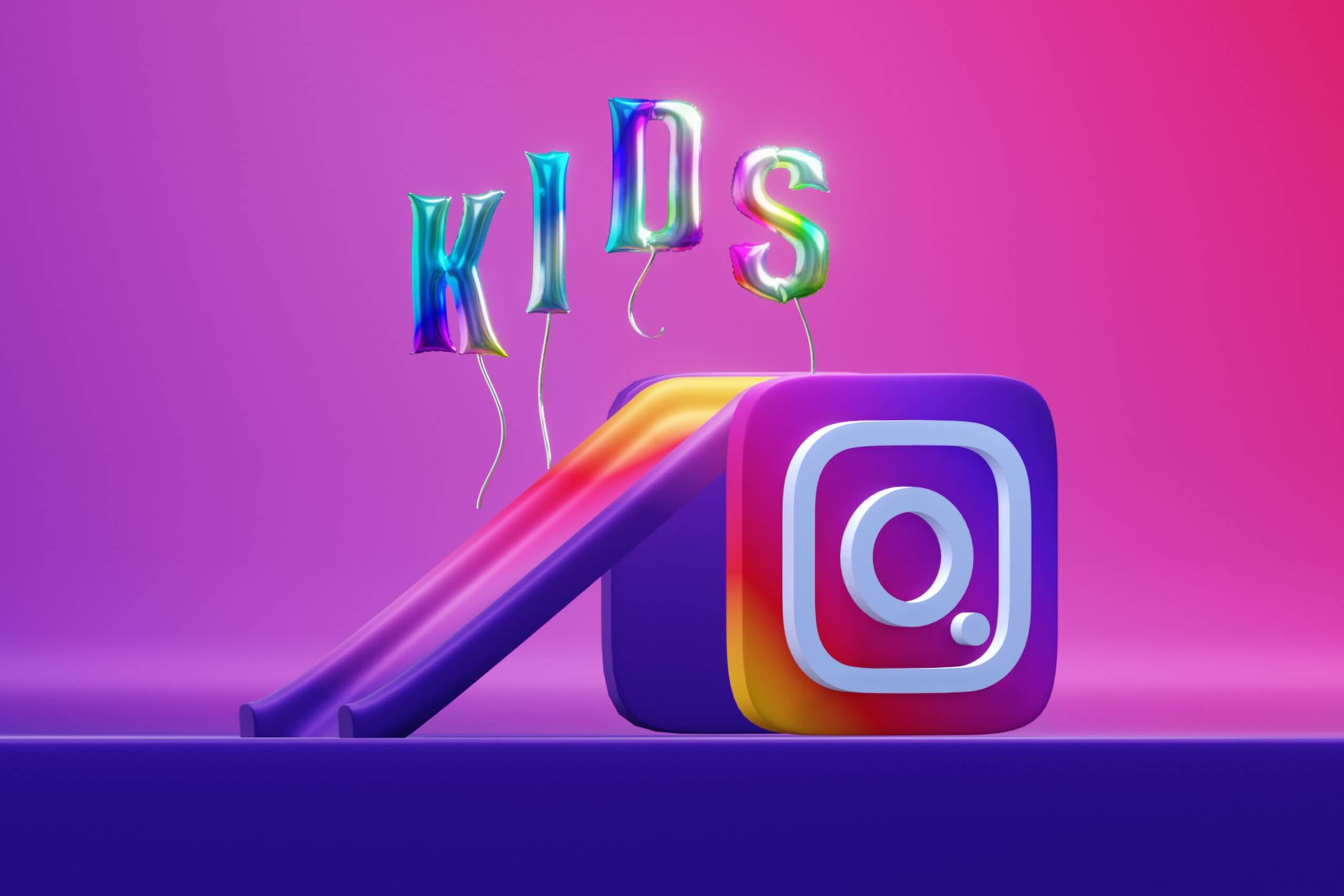
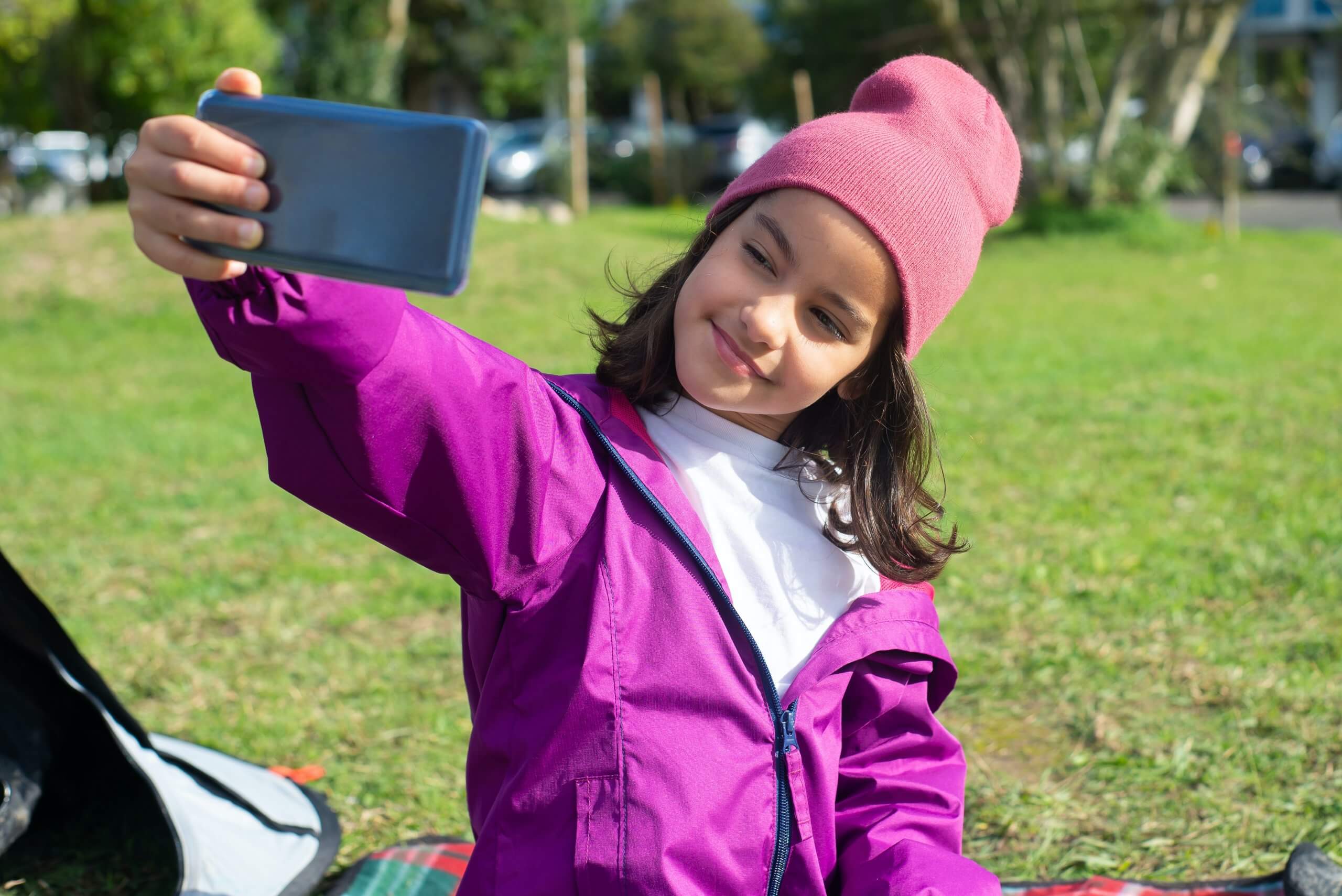


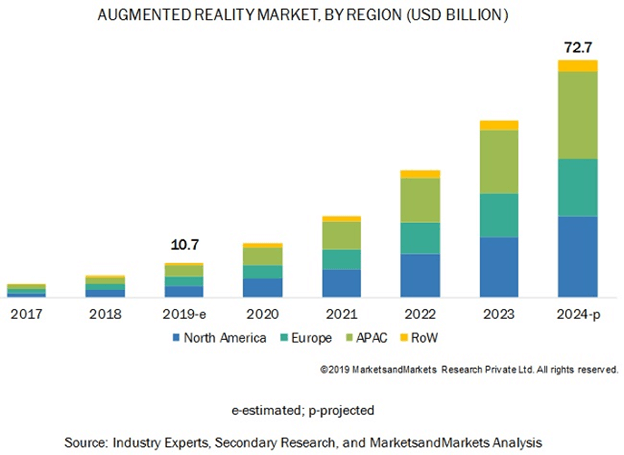


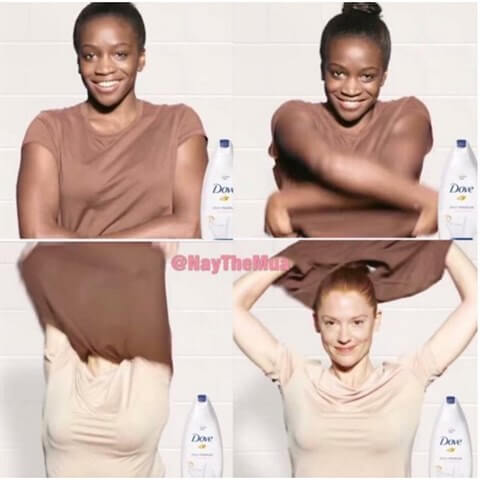
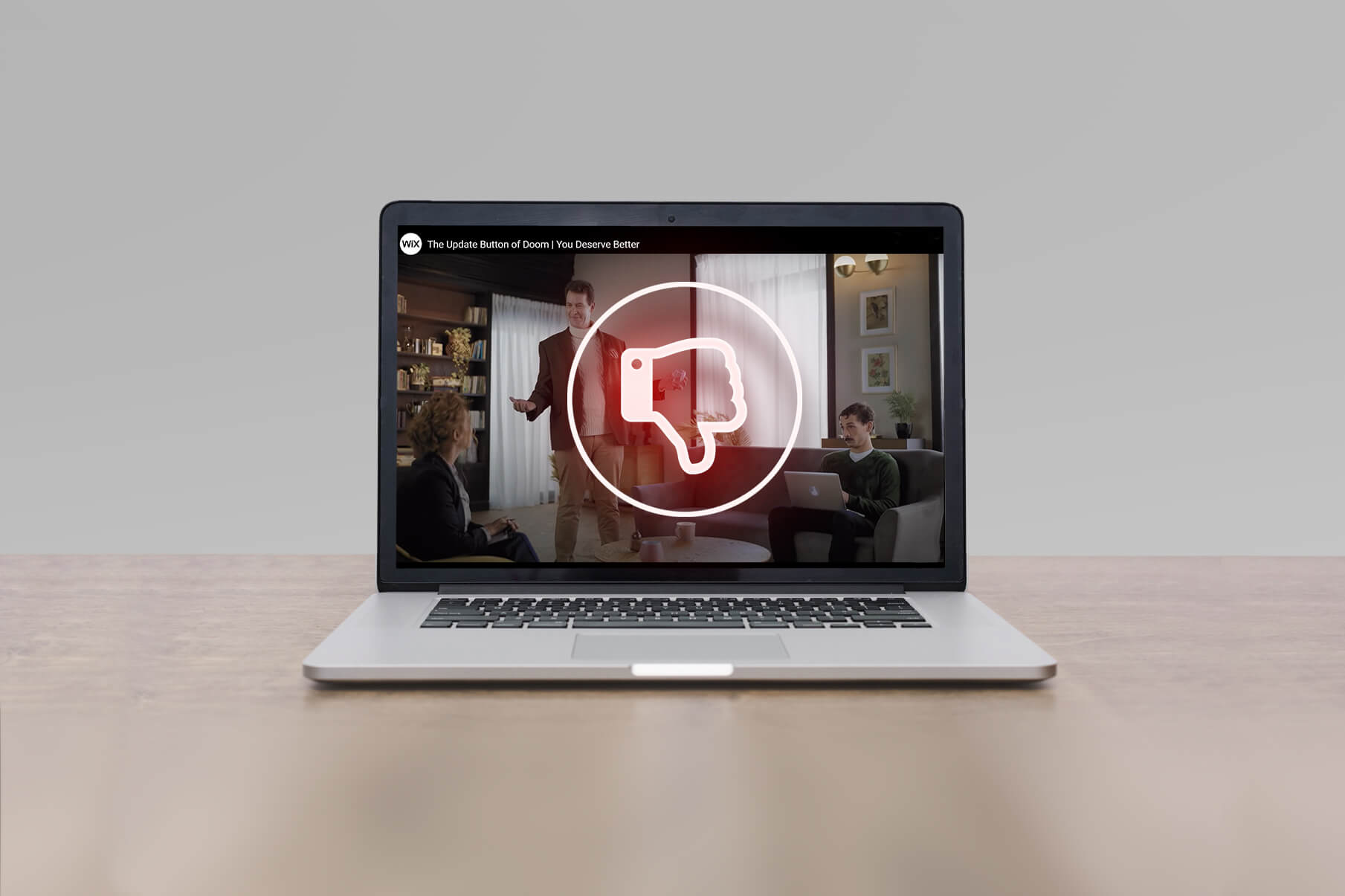




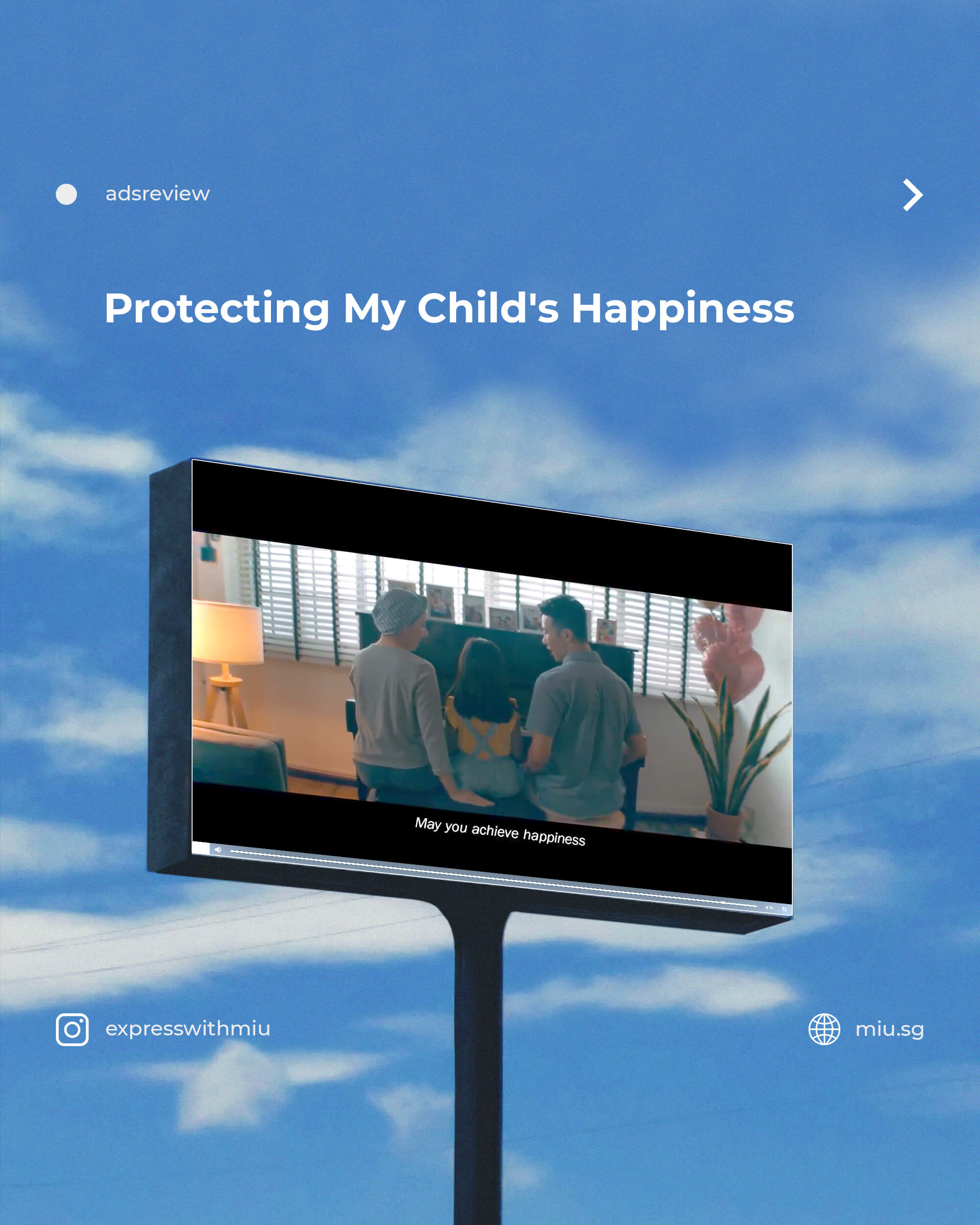



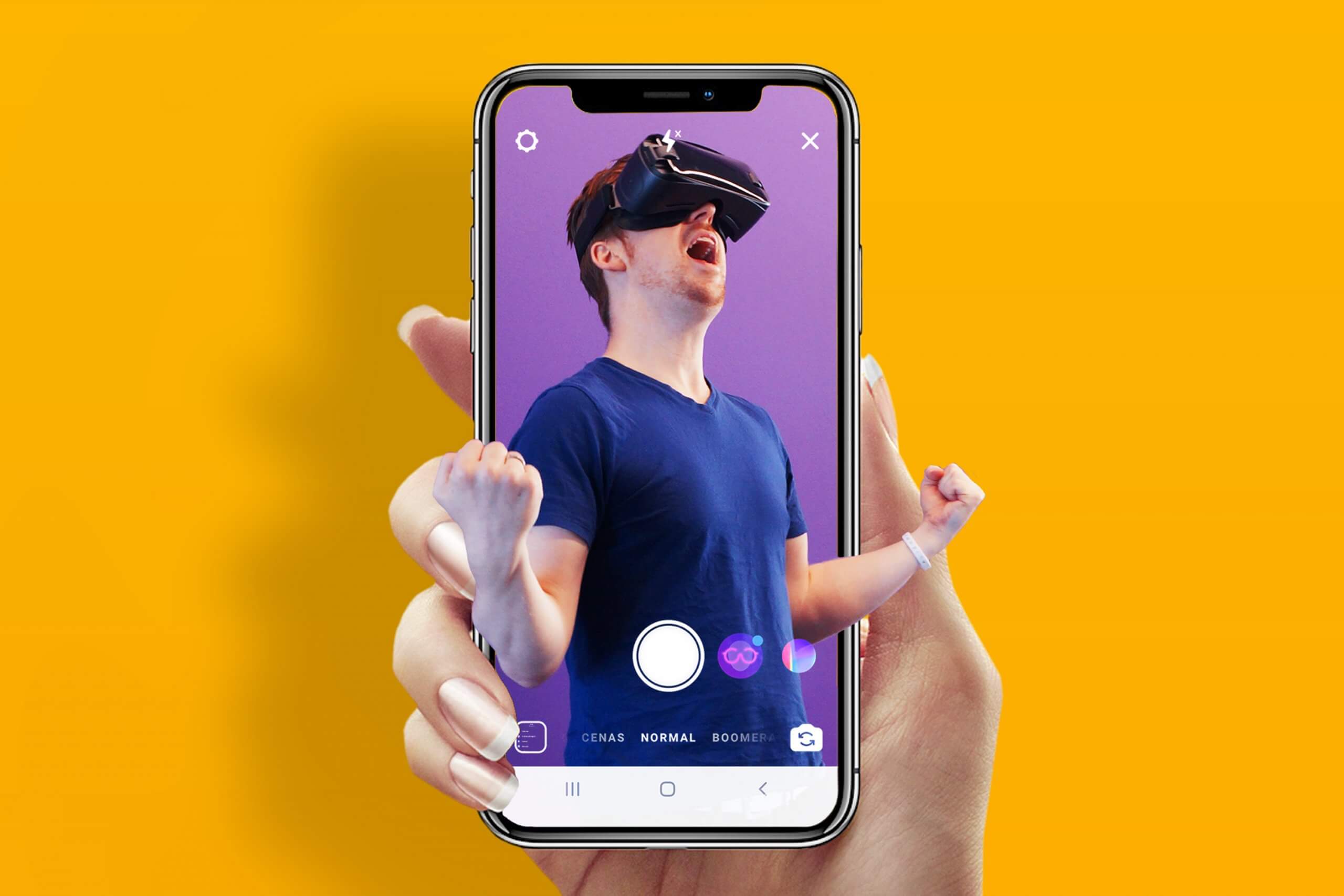


![[BP] Brand story what and the way C.jpg](https://trello-attachments.s3.amazonaws.com/5de9eef36ceb0c1ab30d8f8e/5fd2cab5f84f8a43aa550ff8/6b485d6a462481f4459662cd2bb9868c/%5BBP%5D_Brand_story_what_and_the_way_C.jpg)



 Branding
Branding Digital Strategy
Digital Strategy PR & Communications
PR & Communications